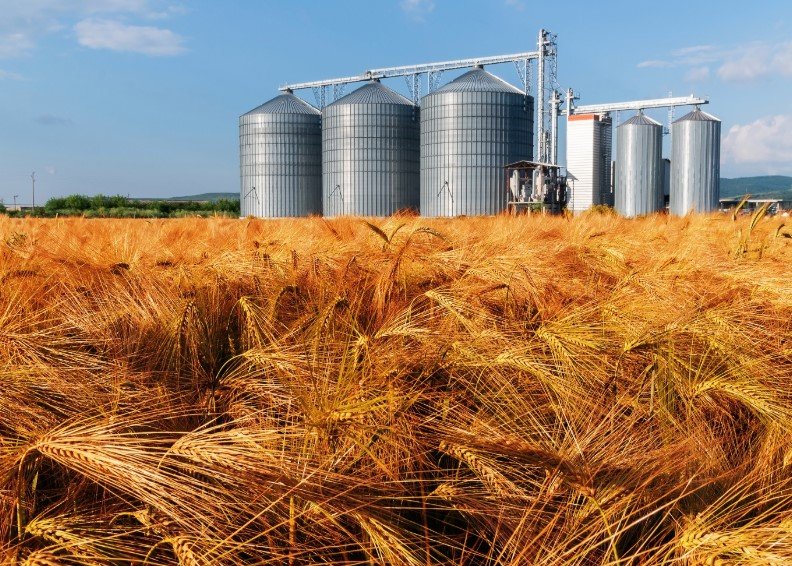Egypt’s state grain buyer, Mostakbal Misr, has snapped up about 500,000 metric tons of wheat for delivery in late December and January. This major purchase aims to boost food supplies amid global market shifts, with wheat coming from key Black Sea nations like Russia, Ukraine, Bulgaria, and Romania.
Purchase Details and Timing
Mostakbal Misr made this deal in recent weeks to secure wheat for the winter months. The agency focuses on building reserves to meet Egypt’s high demand as one of the world’s top wheat importers.
This buy follows a pattern of active sourcing to stabilize prices and ensure steady bread supplies for millions. Officials stated the wheat will arrive in stages, helping to fill silos before peak consumption periods.
The total volume breaks down into specific origins, reflecting Egypt’s strategy to diversify suppliers while relying on affordable options.

Key Sources of the Wheat
Around 200,000 tons come from Russia, a dominant player in global wheat exports. This portion highlights ongoing trade ties despite international tensions.
The rest includes supplies from Ukraine, Bulgaria, and Romania, adding up to the full 500,000 tons. These countries offer competitive prices and quick shipping routes via the Black Sea.
Egypt has turned to these nations more often in 2025, with data showing increased imports to counter weather impacts on other producers.
- Russia: Provides reliable volumes, often at lower costs due to high yields.
- Ukraine: Contributes despite export challenges, supporting Egypt’s needs.
- Bulgaria and Romania: Offer additional diversity, with steady production in the region.
Impact on Egypt’s Food Security
Egypt imports most of its wheat to feed a population over 100 million, where bread is a daily staple. This purchase helps prevent shortages that could raise prices and spark unrest, as seen in past food crises.
By locking in supplies now, the government aims to keep inflation in check. Recent reports show Egypt’s wheat reserves are building, with imports hitting record levels in 2025.
This move also eases pressure on local farmers, who produce some wheat but not enough to meet demand. Analysts predict stable bread costs through early 2026 thanks to these efforts.
Experts note that Egypt’s strategy reduces risks from global events, like droughts in major exporters. The country has ramped up storage capacity in recent years to handle larger imports.
Global Wheat Market Trends
Wheat prices have fluctuated in 2025 due to weather issues in North America and Europe, pushing buyers toward Black Sea options. Russia’s exports reached new highs this year, while Ukraine maintained shipments amid challenges.
Egypt’s buys align with a broader trend where African and Middle Eastern nations increase imports from these areas. For instance, total Black Sea wheat exports to Egypt rose by about 15 percent compared to 2024.
| Year | Total Wheat Imports (Million Tons) | Main Sources |
|---|---|---|
| 2023 | 11.5 | Russia, Ukraine |
| 2024 | 12.2 | Russia, France, Romania |
| 2025 (YTD) | 10.8 (projected 13.5) | Russia, Ukraine, Bulgaria, Romania |
This table shows Egypt’s growing reliance on diverse suppliers to navigate market volatility.
Nations like Turkey and Syria have also boosted Black Sea imports, signaling a shift in trade patterns. Prices for December delivery hovered around $250 per ton, making this deal timely.
Future Outlook for Egypt’s Grain Strategy
Looking ahead, Mostakbal Misr plans more purchases to cover needs through mid-2026. Officials are exploring deals with France and South American countries to further diversify.
This approach could shield Egypt from potential disruptions, such as shipping delays or harvest shortfalls. With global wheat production expected to hit 800 million tons in 2025, opportunities for bargains remain.
Egypt might invest more in domestic farming tech to cut import dependence over time. For now, these bulk buys ensure food stability in a uncertain world.
What do you think about Egypt’s wheat strategy? Share your thoughts in the comments and pass this article along to others interested in global food news.
